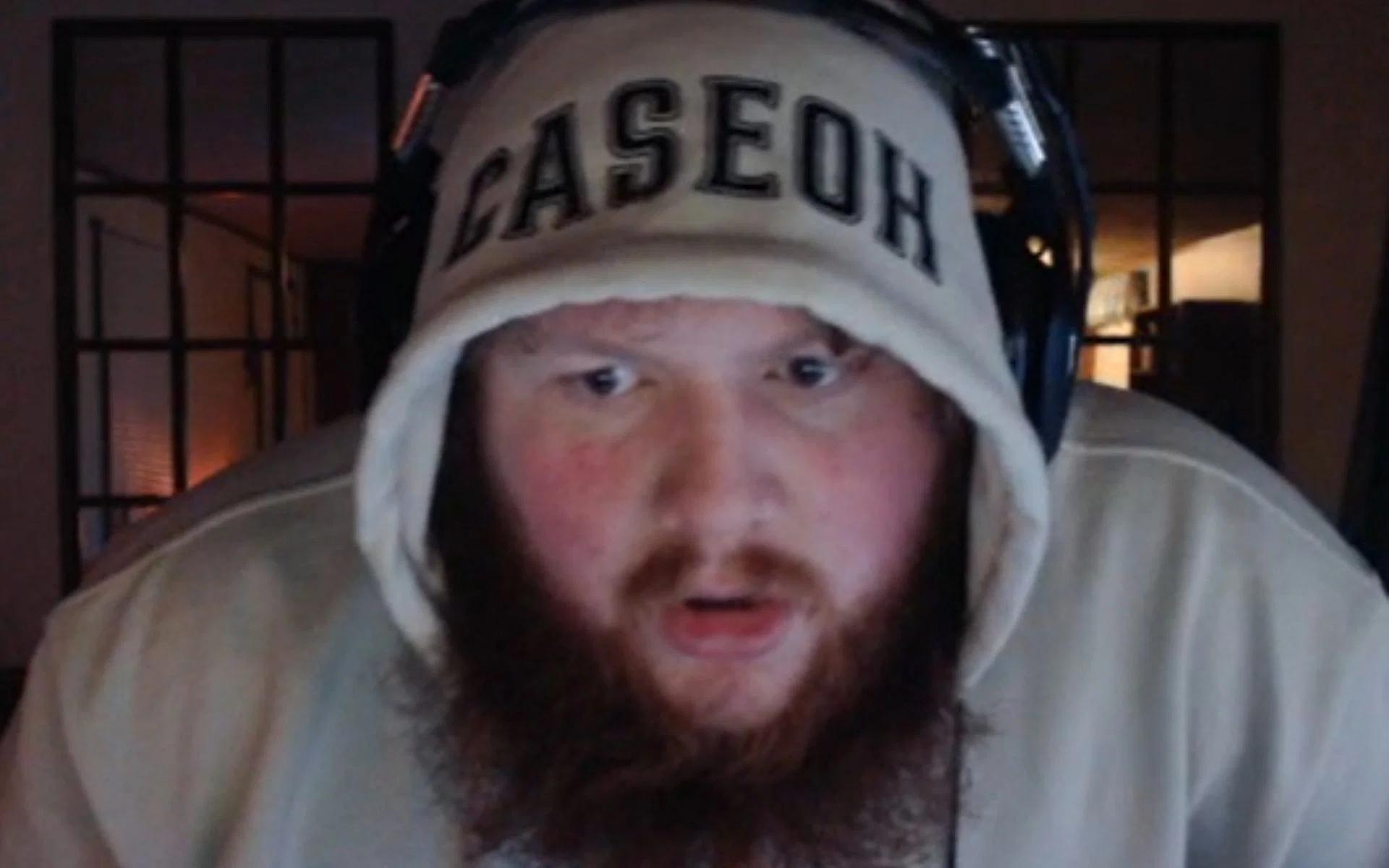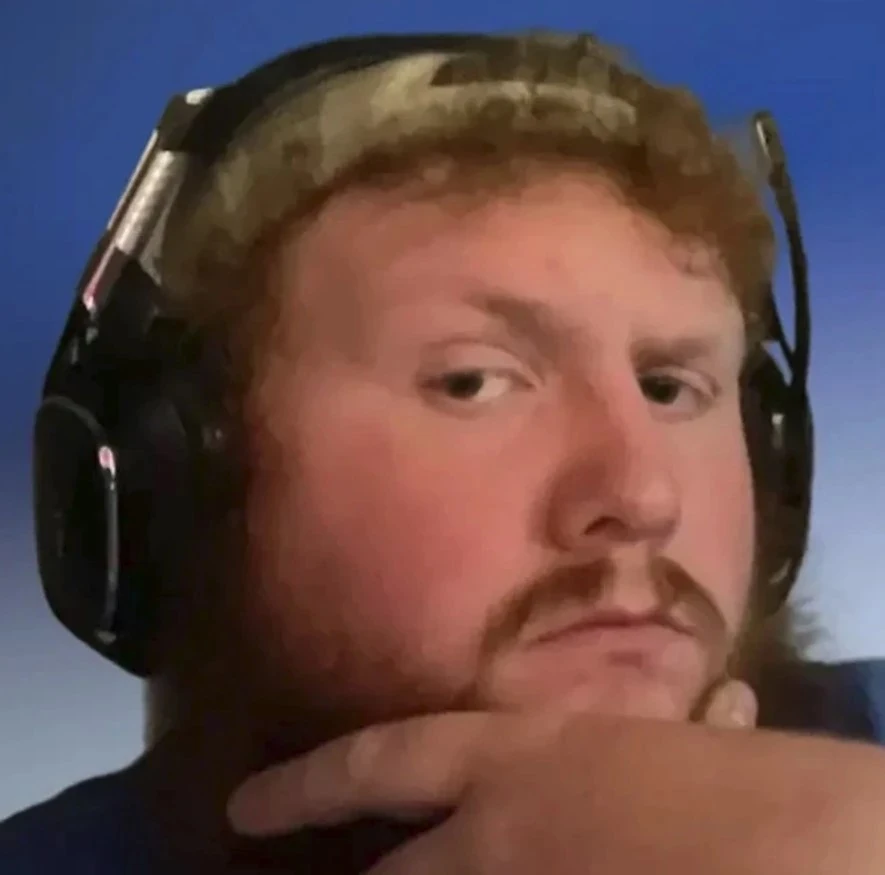Let’s face it, folks, lice can be a nightmare. But where does caseoh lice come from? If you’ve ever found yourself scratching your head—literally—over this tiny but mighty pest, you’re not alone. Lice have been around for centuries, and while they might seem like a modern-day inconvenience, their origins are as old as time. So, buckle up, because we’re about to dive deep into the world of caseoh lice and uncover everything you need to know.
Now, before we get into the nitty-gritty, let me tell you something: lice don’t care about your social status, hair type, or how often you shower. They’re equal-opportunity pests, and they’re out there just waiting for the perfect opportunity to hitch a ride. Whether you’re a student, a parent, or just someone who’s curious about these critters, this article will answer all your questions.
And hey, don’t worry if you’re feeling overwhelmed. By the end of this read, you’ll be an expert on caseoh lice, ready to tackle them head-on. So, let’s break it down and find out where they come from, how they spread, and most importantly, how to get rid of them.
What Are Caseoh Lice?
Alright, let’s start with the basics. Caseoh lice, also known as head lice, are tiny insects that live on human scalps. These little buggers are about the size of a sesame seed and feed on human blood. Yeah, I know, gross, right? But here’s the thing: they’re not dangerous. Sure, they can cause itching and discomfort, but they don’t carry diseases, so you’re not in immediate danger.
Now, lice have three stages in their life cycle: egg (or nit), nymph, and adult. The eggs are super tiny and stick to the hair shaft, making them hard to spot. Once they hatch, they become nymphs, which are immature lice. After about a week, they grow into adults, ready to start the cycle all over again. It’s like a never-ending party on your scalp.
Why Are Caseoh Lice So Hard to Get Rid Of?
Here’s the kicker: lice are survivors. They’ve been around for thousands of years, and they’ve adapted to almost everything we throw at them. From shampoos to combs, they’ve found ways to resist and thrive. Plus, they’re sneaky little buggers. They can cling to your hair and scalp like nobody’s business, making them hard to remove completely.
And let’s not forget about their eggs. Nits are glued to the hair shaft with a super-strong adhesive, so even if you manage to kill the adults, the eggs can still hatch and start the cycle all over again. It’s like a game of whack-a-mole, but instead of moles, it’s lice.
Where Does Caseoh Lice Come From?
This is the million-dollar question, isn’t it? Well, here’s the deal: caseoh lice don’t just appear out of thin air. They need a host to survive, and that host is usually a human. So, where do they come from? Let’s break it down:
- Direct Contact: Lice spread through direct head-to-head contact. If you’re hugging, playing, or even sitting close to someone who has lice, you’re at risk.
- Shared Items: Sharing combs, hats, scarves, or even headphones can transfer lice from one person to another.
- Public Spaces: Places like schools, daycare centers, and even crowded events can be hotspots for lice. All it takes is one person with lice to start an outbreak.
And here’s the kicker: lice don’t fly or jump. They crawl. So, they need that direct contact to move from one head to another. It’s like a lice highway, and your scalp is the final destination.
How Do Lice Survive?
Let’s talk about the science behind lice survival. These little critters have evolved to be incredibly resilient. They can survive for up to 48 hours off the human scalp, which means they can hang out on your couch, pillow, or even your favorite hat for a couple of days. And if they find a new host during that time? Bingo. They’re back in business.
But here’s the good news: lice can’t live forever without a host. Without blood to feed on, they’ll eventually die. So, if you’re dealing with an infestation, it’s all about breaking the cycle and making sure they don’t find a new home.
How to Identify Caseoh Lice
Now that we know where they come from, let’s talk about how to spot them. If you’ve got caseoh lice, you’ll probably notice a few telltale signs:
- Itching: This is the most common symptom. Lice bites can cause intense itching, especially around the ears and the back of the neck.
- Visible Lice: If you look closely, you might see tiny, sesame-seed-sized bugs crawling around your scalp.
- Eggs (Nits): These are the hardest to spot. Nits are small, oval-shaped, and stick to the hair shaft. They can be mistaken for dandruff, but unlike dandruff, they don’t brush off easily.
And here’s a pro tip: if you suspect lice, grab a fine-tooth comb and a flashlight. Wet your hair and comb through it section by section. If you find anything suspicious, it’s time to take action.
Common Misconceptions About Lice
There are a lot of myths floating around about lice, so let’s clear some of them up:
- Dirty Hair Attracts Lice: False. Lice don’t care if your hair is clean or dirty. They just want a warm scalp to call home.
- Pets Spread Lice: Another myth. Lice are species-specific, meaning they only live on humans. So, don’t blame your dog or cat.
- Lice Jump: Nope. Lice crawl. They need direct contact to spread.
Now that we’ve debunked some of those myths, let’s move on to the next big question: how do you get rid of them?
How to Get Rid of Caseoh Lice
Alright, so you’ve got lice. What now? Don’t panic. There are plenty of ways to treat and eliminate caseoh lice. Here are a few options:
- Over-the-Counter Treatments: There are tons of shampoos and creams available that can kill lice and their eggs. Just follow the instructions carefully.
- Prescription Treatments: If over-the-counter options don’t work, your doctor can prescribe something stronger.
- Manual Removal: This is where the fine-tooth comb comes in. Wet your hair, section it off, and comb through it carefully. It’s time-consuming, but it works.
And don’t forget to clean your house. Wash all bedding, clothing, and stuffed animals in hot water. Vacuum carpets and furniture, and seal any items that can’t be washed in a plastic bag for two weeks. Lice can’t survive that long without a host, so you’ll be in the clear.
Preventing Future Infestations
Now that you’ve gotten rid of the lice, how do you make sure they don’t come back? Here are a few tips:
- Avoid Sharing Personal Items: Don’t share combs, hats, or scarves with others.
- Regular Checks: Make it a habit to check your family’s hair regularly, especially if they’re in school or daycare.
- Teach Good Habits: Encourage kids to avoid head-to-head contact during playtime.
And hey, if you’re feeling extra cautious, you can try some natural remedies like tea tree oil or lavender oil. They won’t kill lice, but they might help repel them.
Caseoh Lice and Public Health
Let’s talk about the bigger picture. Caseoh lice aren’t just a personal issue; they’re a public health concern. Outbreaks in schools and daycare centers can affect entire communities. That’s why it’s important to educate people about lice prevention and treatment.
According to the Centers for Disease Control and Prevention (CDC), an estimated 6 to 12 million lice infestations occur each year in the United States among children aged 3 to 11. That’s a lot of lice, folks. And while they might not be dangerous, they can cause a lot of disruption in schools and families.
So, what can we do about it? Education is key. Schools should have clear policies on lice infestations and how to handle them. Parents should be informed about prevention and treatment options. And most importantly, we need to break the stigma around lice. They’re not a sign of poor hygiene or neglect. They’re just a part of life, and we all need to work together to manage them.
How to Talk to Kids About Lice
Let’s face it, kids can be pretty freaked out by lice. But here’s the thing: if you approach it with the right attitude, you can help them feel less scared. Here are a few tips:
- Stay Calm: Kids pick up on your emotions, so if you’re calm, they’ll be calm too.
- Use Simple Language: Explain what lice are and how they spread in a way that’s easy for them to understand.
- Empower Them: Teach them how to prevent lice and what to do if they find them on their heads.
And remember, it’s not the end of the world. With a little patience and a lot of persistence, you can get through this together.
Conclusion
So, there you have it. Caseoh lice might be a pain, but they’re not unbeatable. By understanding where they come from, how they spread, and how to get rid of them, you can take control of the situation. And hey, if all else fails, just remember: you’re not alone. Millions of people deal with lice every year, and they survive. So can you.
Now, here’s the thing: if you’ve found this article helpful, I’d love to hear from you. Leave a comment below and let me know what you think. And if you’ve got any tips or tricks for dealing with lice, share them with the world. Together, we can make lice a thing of the past.
And don’t forget to check out some of our other articles for more tips and advice on health, wellness, and everything in between. Stay informed, stay safe, and keep those heads lice-free!
Table of Contents


